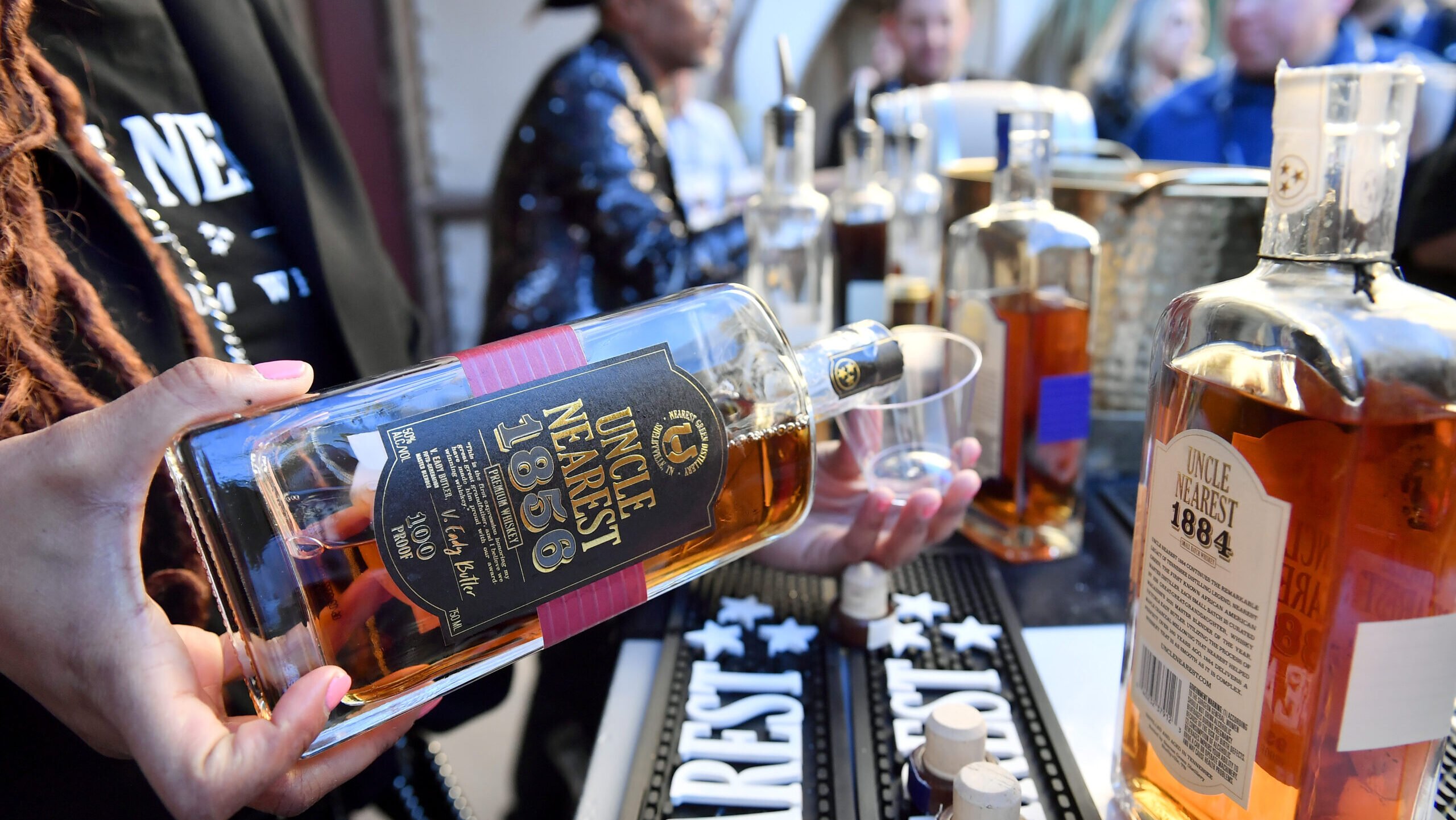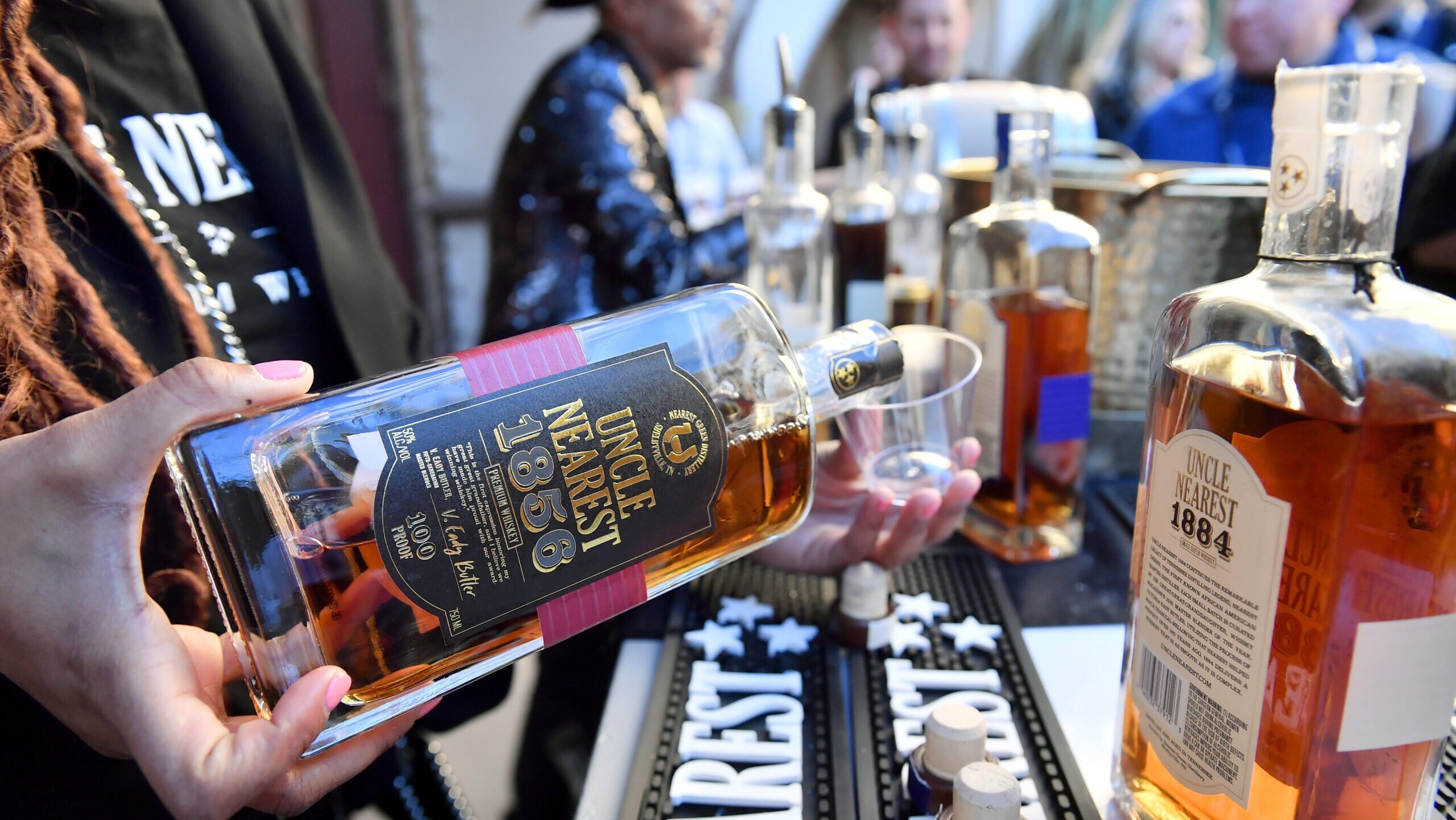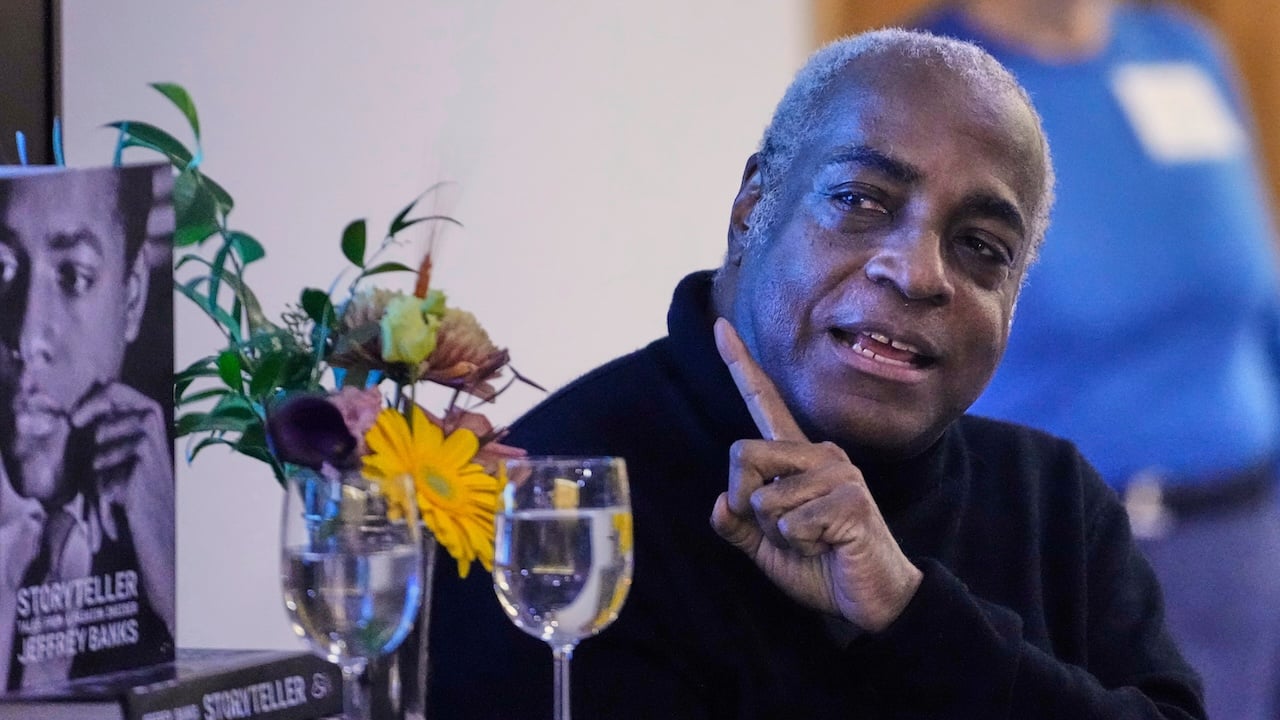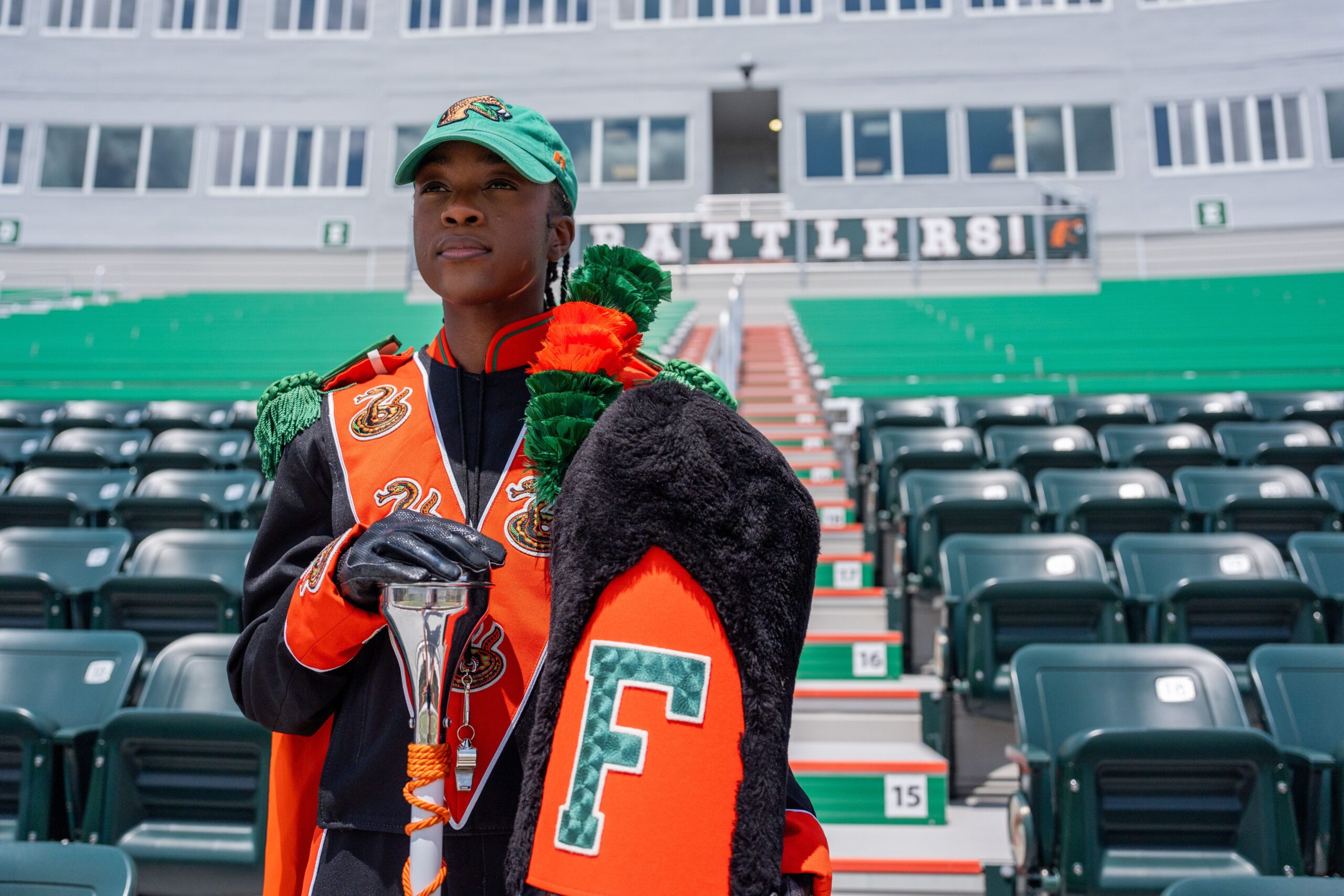
Almost two months after the company fell under a receivership, Uncle Nearest’s prospects for success look “very good.”
On Wednesday, October 1, Receiver Phillip G. Young Jr. filed a report in the U.S. District Court describing how the Black-owned distillery remains viable, the Moore County Observer reported.
“The Company has significant value and can be reorganized, as a going concern,” he wrote, emphasizing that a fire-sale liquidation is unnecessary.
The positive outlook comes after a rocky summer in which Uncle Nearest’s founders, Fawn and Keith Weaver, were stripped of control following a lender’s lawsuit that accused the business of defaulting on more than $100 million in loans and pointed to mismanagement under a former CFO who has since been fired. In August, the court placed the whiskey brand under receivership and gave Young authority to steer the company forward.
Since taking over on August 22, Young has moved quickly to stabilize operations. He has trimmed costs, laid off 12 employees, secured the company’s bank accounts, and begun repairing strained relationships with distributors and investors, according to the Lexington Herald Leader.
Although he acknowledged that cash flow was “a major challenge” during his first weeks at the helm, Young reported that shipments are now moving again, and interest from potential investors and buyers is on the rise.
At the same time, according to the outlets, his report noted that messy financial records continue to be a hurdle. A former employee allegedly erased some documents, and the shareholder ledger is inaccurate, making it difficult to get a full picture. Young is also reviewing claims of financial improprieties tied to former employees, but said he hasn’t found any evidence of misconduct from the current leadership team.
Looking ahead, he plans to sell off non-income-producing assets — including a vineyard château — in the next quarter. His goal is to end the receivership by mid-2026, either through refinancing or an eventual sale of the company.
Despite lingering hurdles, Young remains optimistic about the brand’s future.
“The opportunity for the company’s successful emergence from receivership is very good,” he concluded.





